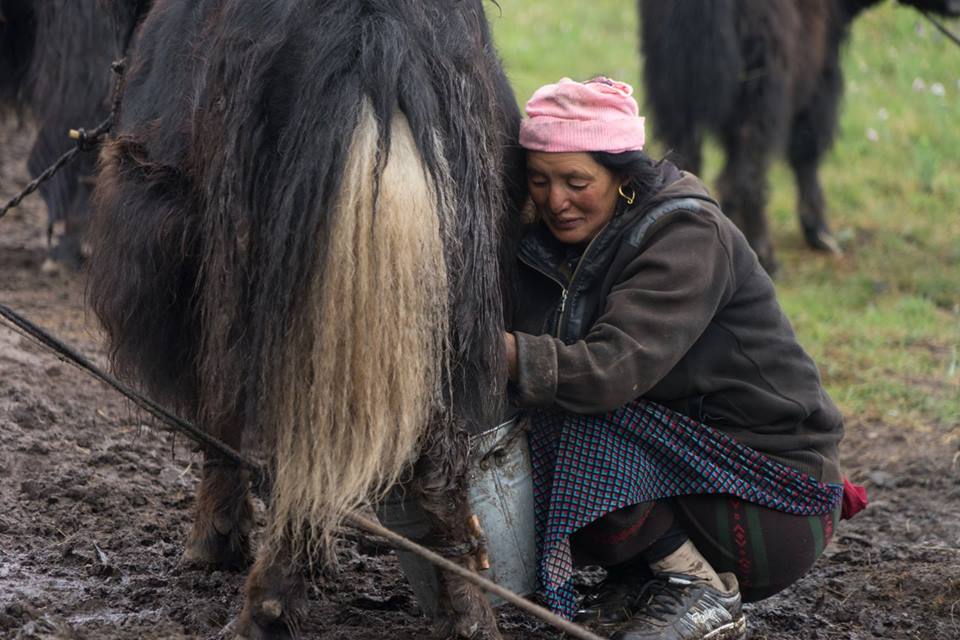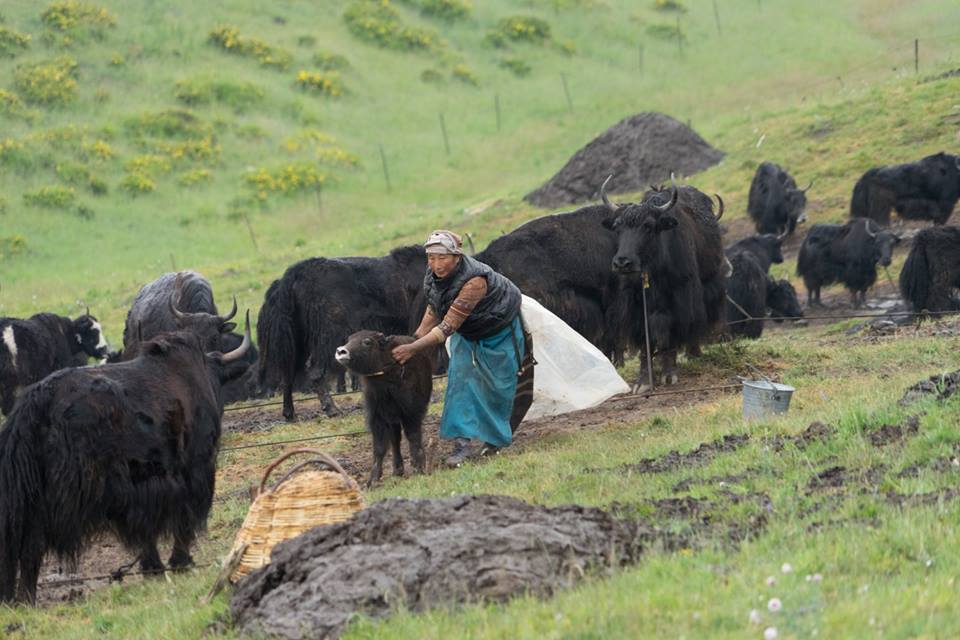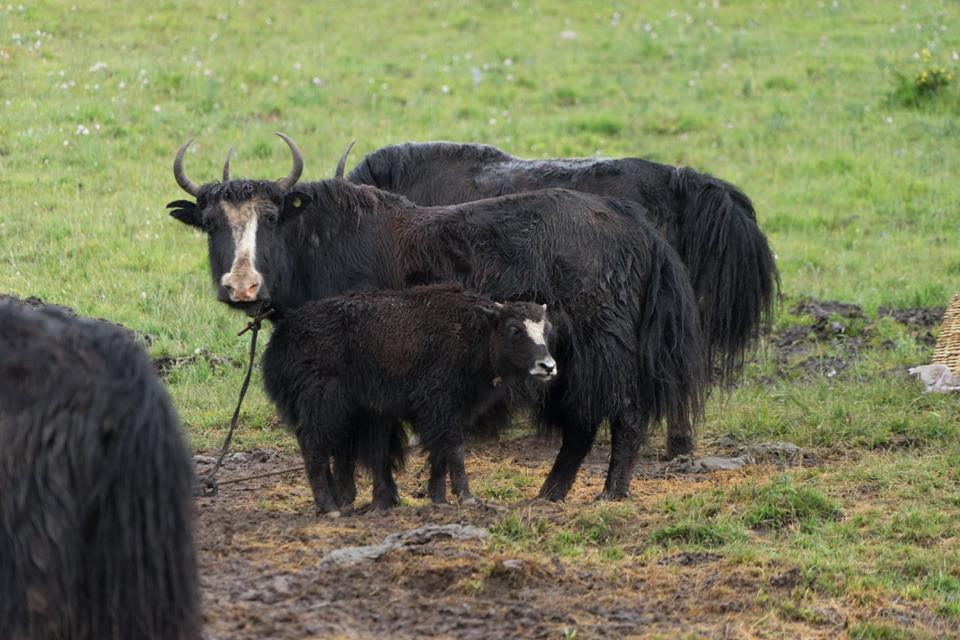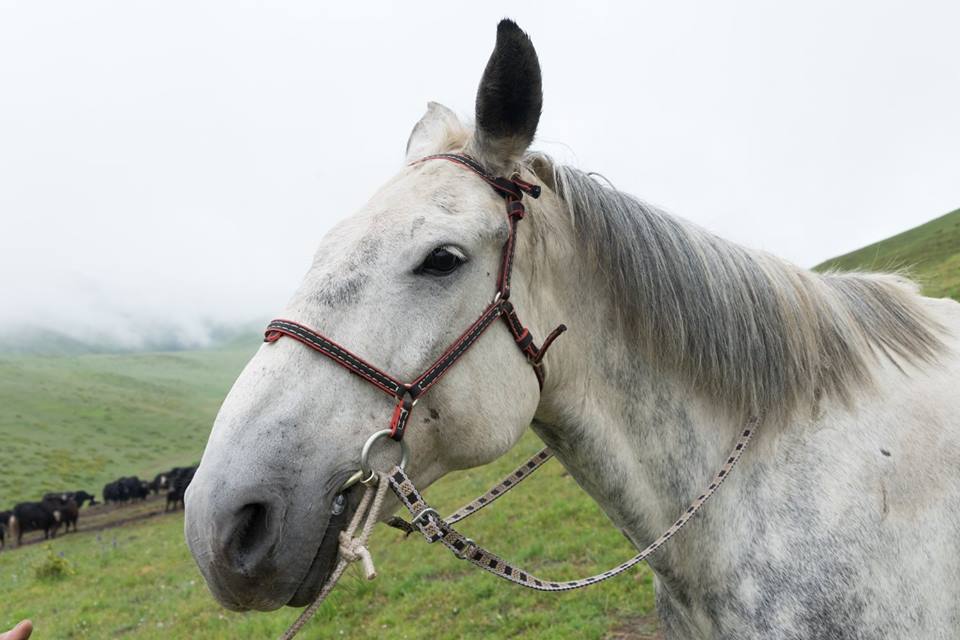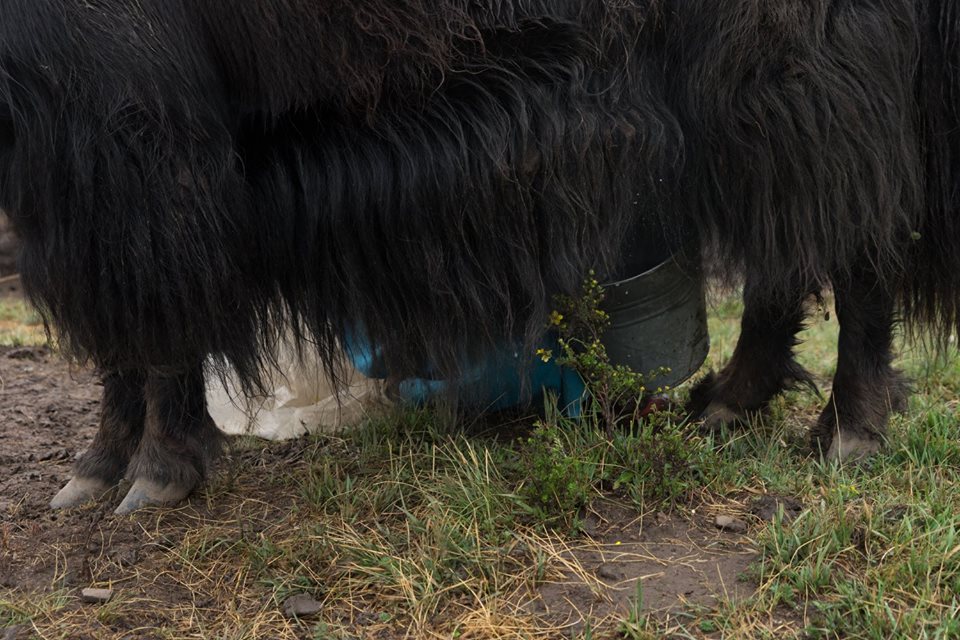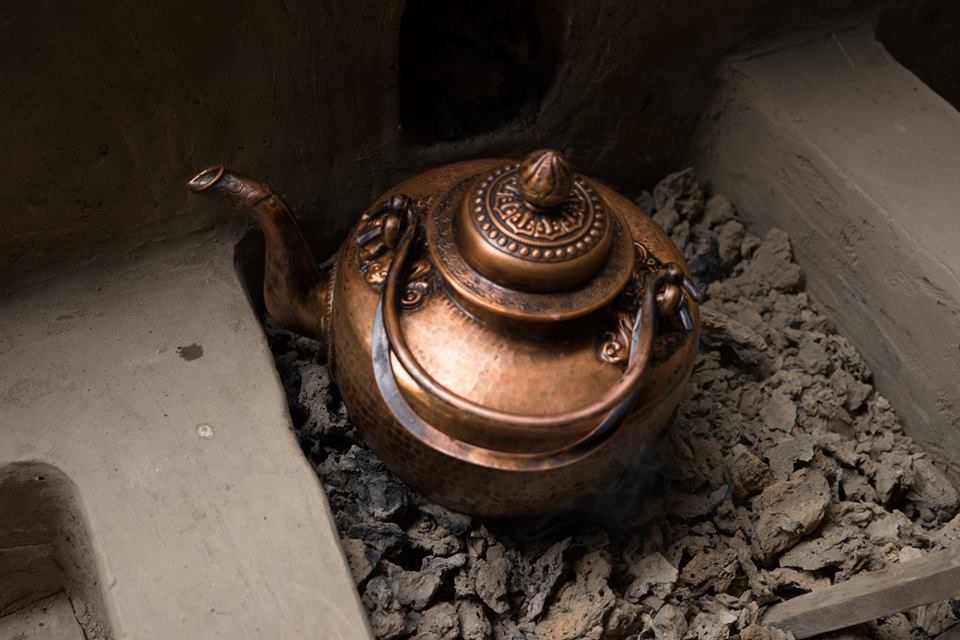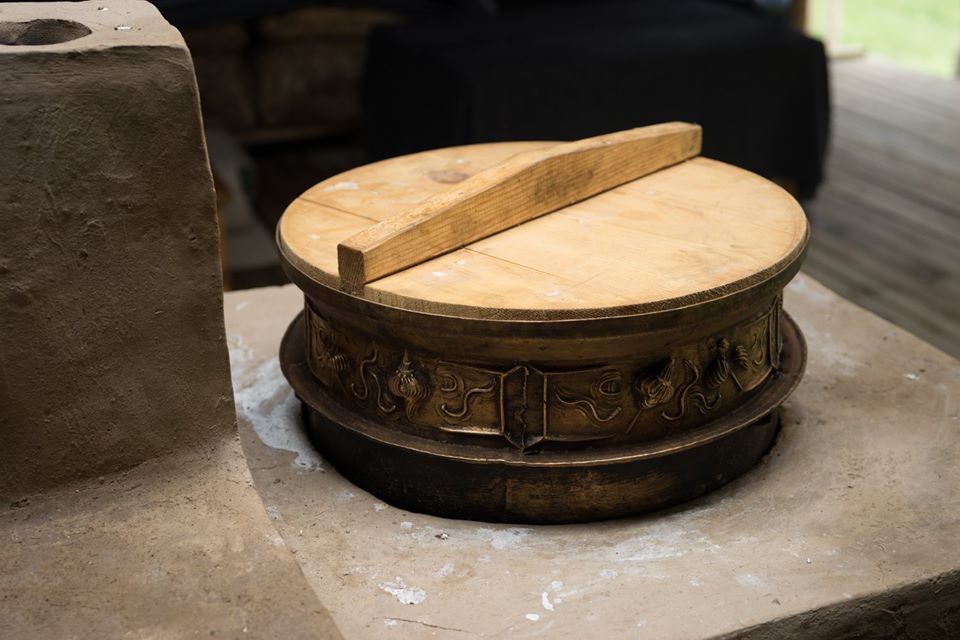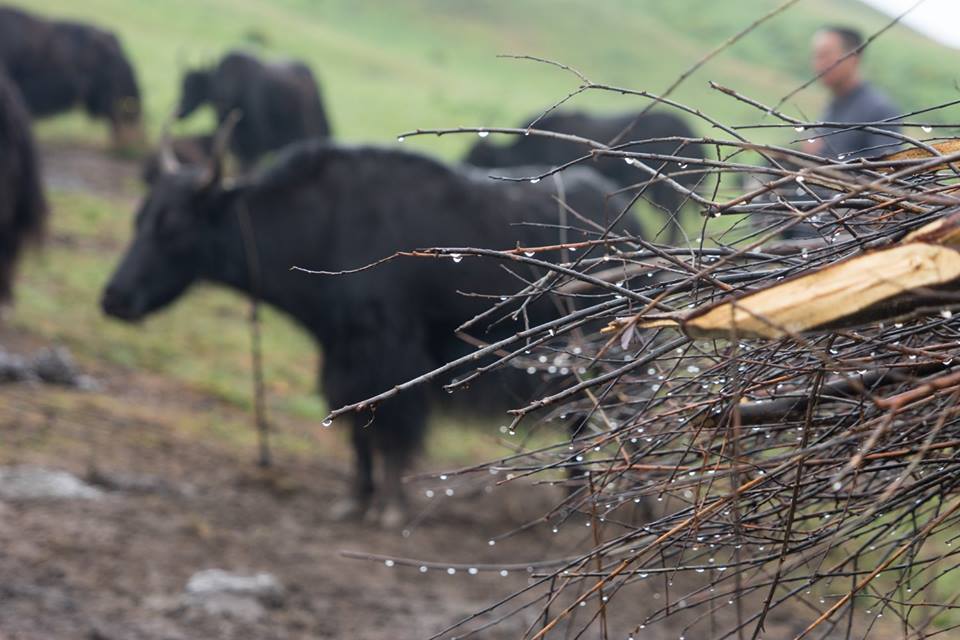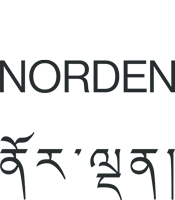Morning at Lungta Cooperative
/The Lungta Coop brings together 19 nomad families from Tsayig, an area over the hill from Sangkhok. Most people in the area lived from a mixed economy, a combination of farming and yak and sheep herding. Lately, they found the area could not support large numbers of yaks, and under the guidance of Yidam’s older brother, they formed a cooperative they called Lungta, and pooling their resources, leased pasture in Sangkhok, moving there with 140 yaks.
Twenty years ago, the Sangkhok grassland, along with many other areas, was divided up between the local nomads each parcel fenced off. Over time, some nomads chose to sell their animals and lease their land, as in the case of the pasture acquired by the Lungta Cooperative.
Lungta has 140 yaks, that are milked daily. The milk is made into butter and yogurt which is sold locally and highly popular and appreciated for its purity. Next year, Lungta will be establishing a cheese factory, modeled on the small enterprises that exist in remote areas in the French and Swiss Alps, and produce hard and semi hard cheese. A French expert has already visited the area in the Spring and the building is planned for construction early next year.
Milking the dris takes place twice a day, early in the morning and in the late afternoon, when the animals return from the wide grazing areas that extend all around the Cooperative. I visited on an early foggy morning. The dris were tethered, waiting patiently for their turn, while the yeko, the babies born in the Spring hovered around their mothers, or played in groups. Up on the hill, the horses were let out of their corral, while the mastiff barked at the intruders. We had milk tea in the large yak hair tent, which was warm and cozy.

